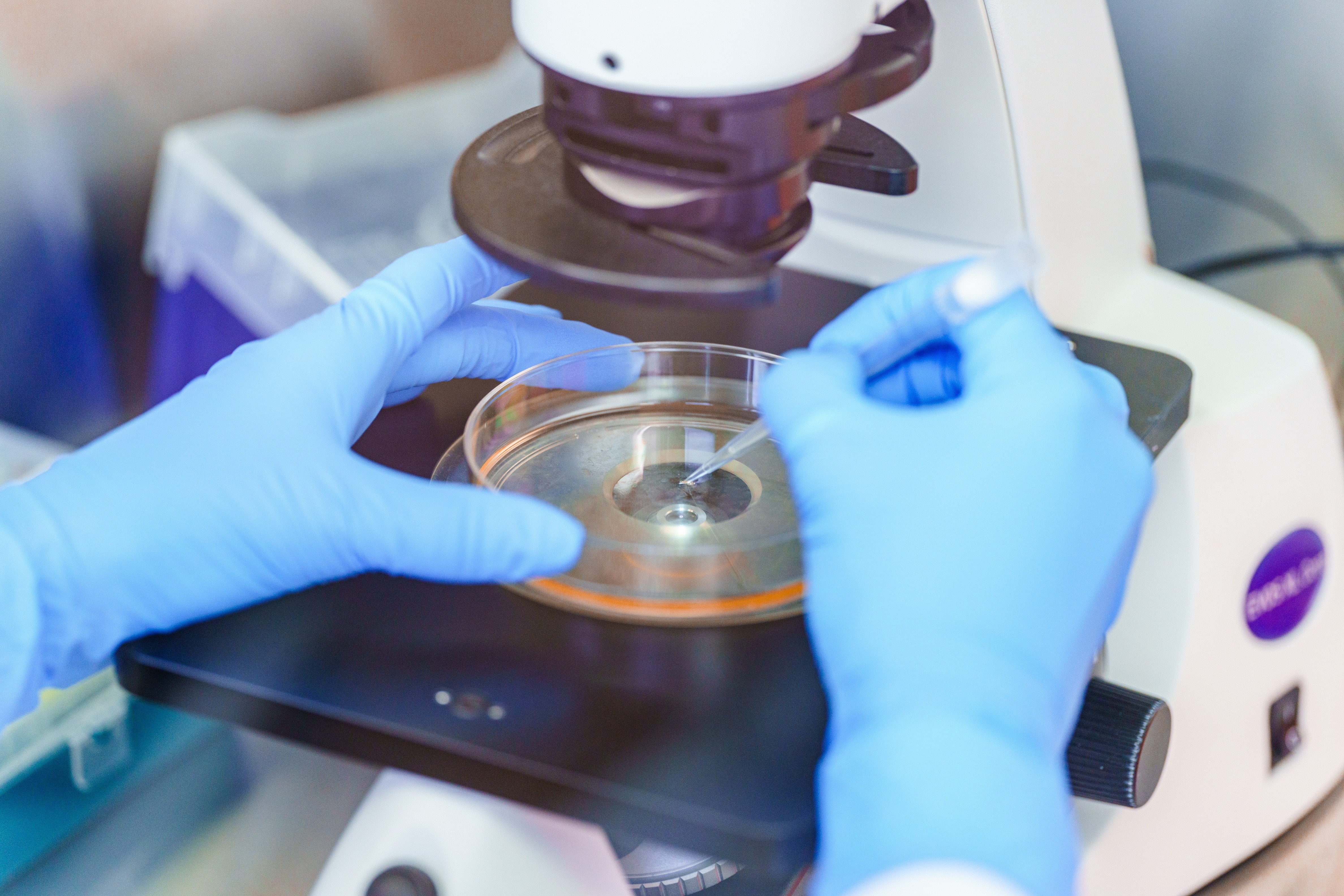March 15, 2022
QurAlis Presents Data About STATHMIN-2 Role in Neuronal Disease Biology and TDP-43 Biomarker Identification at AD/PD™ 2022
Connection between STATHMIN-2, TDP-43, and ALS cell biology led to discovery of Company’s approach and lead development candidate in ALS
Updated data on TDP-43 biomarker identification informed Company’s fully developed assay for ALS and other neurodegenerative diseases including Alzheimer’s Disease and Parkinson’s disease
CAMBRIDGE, Mass., March 15, 2022—QurAlis Corporation, a biotech company developing breakthrough precision medicines for amyotrophic lateral sclerosis (ALS) and other neurodegenerative diseases with genetically validated targets, today announced the presentation of preclinical findings from its STATHMIN-2 (STMN2) program, including novel biology linking TDP-43 loss to impaired Golgi trafficking through STMN2 function and rescue by QurAlis’ antisense oligonucleotides (ASOs), as well as updated research on TDP-43 biomarker identification in oral presentations at AD/PD 2022, Alzheimer’s and Parkinson’s Diseases Conference being held March 15-20, 2022 in Barcelona, Spain.
Details of the presentations are as follows:
Title: The Impacts of TDP-43 Loss on STATHMIN-2 Expression, Golgi Apparatus Morphology, and Neurite Outgrowth, in Human Cortical and Motor Neurons
Authors: Taylor Gray, Marisa Kamelgarn, Ph.D., Yasmin Hamwi, Jason Bussgang, Sandy Hinckley, Ph.D., Daniel Elbaum, Ph.D.
Presenting Author: Taylor Gray
On-demand Symposium: Neuropathology vascular system, inflammation, mitochondria, diagnostics, AD, PD, PSP and related diseases
Abstract Number: 1182
STATHMIN-2 is a well-known protein that plays an important role in axonal growth and maintenance and is the most significantly regulated gene by TDP-43 exclusively in humans. STATHMIN-2 expression is significantly decreased in nearly all ALS patients and it is the most consistently decreased gene in all sporadic ALS patient data sets. TDP-43 is an RNA binding protein involved in regulation of RNA splicing. In addition to nearly all ALS patients, TDP-43 pathology is also associated with other neurodegenerative diseases including frontotemporal dementia (FTD) which is the second most common form of dementia, Alzheimer’s Disease, and Parkinson’s disease. We and others have discovered that the rescue of STMN2 even in the presence of TDP-43 pathology is enough to restore neurodegenerative phenotypes including neuronal processes and Golgi transport.
“Our research shows for the first time, the connection between STMN2, TDP-43, and important cell biology of ALS. These findings validated our discovery approach and led to our clinical candidate QRL-201, for the recovery of STMN2 expression in patients with ALS,” said Dr. Elbaum, QurAlis’ chief scientific officer, and study co-author.
Title: Biomarkers for Patient Stratification and Target Engagement in Patients with TDP-43 Pathology
Authors: Sandy Hinckley, Ph.D., Taylor Gray, Hafiz Mohmmadabdul, Ph.D., Daniel Elbaum, Ph.D.
Presenting Author: Sandy Hinckley, Ph.D.
On-demand Symposium: TDP-43 and C90RF72-Related Diseases 2
Abstract Number: 1241
“TDP-43 pathology has been described in nearly all ALS patients, up to 50 percent of FTD, approximately 30 percent of Alzheimer’s Disease, and about one-tenth of patients with Parkinson’s disease. Patient identification and stratification, as well as early identification of target engagement can be crucial to the development of effective therapies. We have developed biomarker assays that for the first time detect STMN2 protein and RNA in human biofluids and characterized these biomarkers in ALS patients and healthy individuals. These assays could be used to identify patients with TDP-43 proteinopathy and help with the research and discovery of treatments for ALS, FTD, and other neurodegenerative diseases,” said Dr. Hinckley, senior director, head of discovery at QurAlis, and study co-author.
Presentations will be available on-demand on the conference website on March 15, 2022 at 09:00 CEST. The presentations will also be available on the QurAlis website at the conclusion of the conference.
The Link Between STATHMIN-2 and TDP-43
Using human neuronal stem cell models from amyotrophic lateral sclerosis (ALS) patients, QurAlis co-founder and Harvard professor Kevin Eggan, Ph.D., discovered in 2019 that the expression of STATHMIN-2 (STMN2) is regulated by TDP-43. Also known as SCG-10, STMN2 is a protein important for stabilization of microtubules which form an important component of the cytoskeleton of cells and axons. STATHMIN-2 is highly expressed in human motor neurons, the cells that primarily degenerate in patients suffering from ALS. In animal models, STMN2 deletion was found to cause axonal degeneration, which is the primary functional deficit that leads to paralysis in ALS patients. The Eggan Lab showed that loss of normal TDP-43 function leads to a highly significant decrease in expression of STMN2 and an impairment in neuronal repair which could be rescued by restoring STMN2 levels. These results were published in Nature Neuroscience.
About QurAlis Corporation
QurAlis is trailblazing the path to conquering amyotrophic lateral sclerosis (ALS) and other neurodegenerative diseases with genetically validated targets with next-generation precision medicines. QurAlis’ proprietary platforms and unique biomarkers enable the design and development of drugs that act directly on disease-causing genetic alterations. Founded by an internationally recognized team of neurodegenerative biologists from Harvard Medical School and Harvard University, QurAlis is advancing a deep pipeline of antisense oligonucleotides and small molecule programs including addressing sub-forms of ALS that account for the majority of ALS patients. For more information, please visit www.quralis.com or follow us on Twitter @QurAlisCo.



